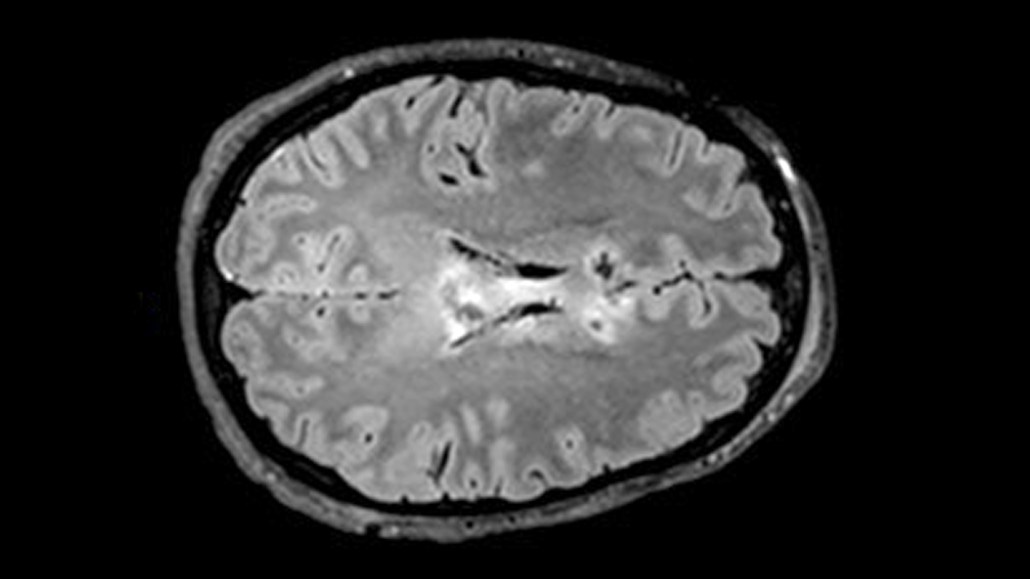A blood test may help predict recovery from traumatic brain injury
High levels of a key blood protein point to brain shrinkage and damage to message-sending axons

The fatty material surrounding fibers that send signals between neurons degenerates after a traumatic brain injury. A new study pinpoints a blood biomarker that can predict this damage.
Living Art Enterprises/Science Source






